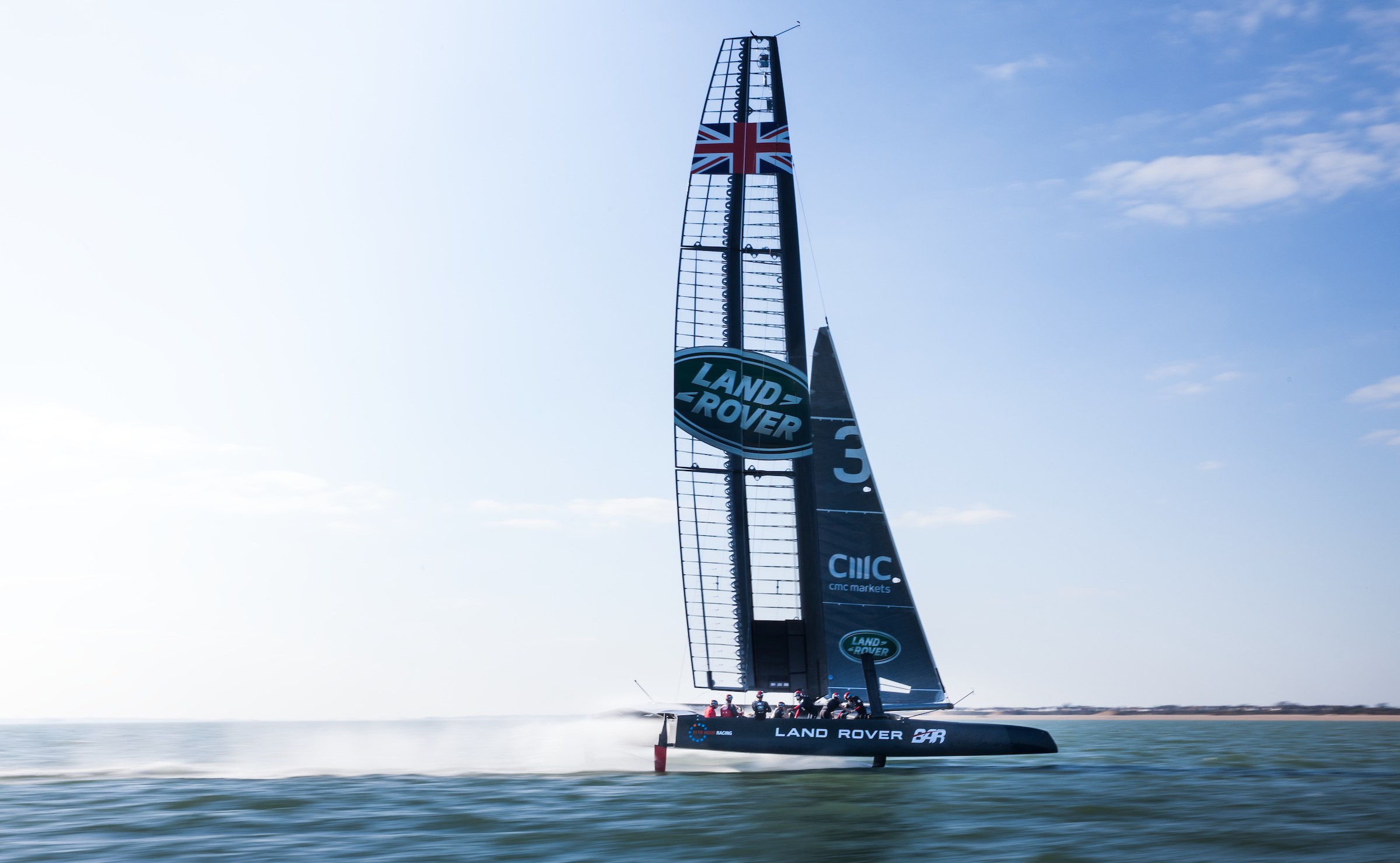
Renishaw has made use of metal 3D printing to produce components to help improve the performance of the Land Rover BAR boat, which won the recent America's Cup World Series yacht race.
The components made from paper thin layers (typically 0.05 mm) of fine metal powder include a custom sheave case for the pulley in the daggerboard lift line. There was a high compressive load involved and it needed good resistance to wear, so metal was a suitable choice, the company said. High strength metals have a higher density (weight per volume) than carbon fiber, so to keep weight down the final design was hollow. It would have been very difficult to make this part any other way than additive manufacturing.
‘The potential of additive manufacturing in terms of saving weight and improving efficiency is tremendous,’ said Land Rover BAR's CTO, Andy Claughton. ‘For example, we took a long hard look at our hydraulics system. Before 3D printing came along all the parts in this system would have been manufactured by taking metal away from a solid block. The shapes that you can create with this method are limited, so the design is limited and so too is the efficiency.
Efficiency improvements
‘Hydraulic fluid doesn't take kindly to going around hard corners for instance, and there is a loss of power when it has to do so. With traditional techniques this might be the only way you can manufacture the part, but with additive manufacturing you can build it with smooth rounded corners that significantly improves efficiency in the fluid transfers involved.
‘In addition to the improvements in efficiency, we can now build it much more lightly as we are only adding material specifically where it is needed,’ he added. ‘In the past, the geometry of manufacture on a lathe or other cutting tool meant that some material couldn't be removed and we would have to carry around the excess weight.’
Renishaw has manufactured several parts for the hydraulics, and weight in a new AM manifold design was reduced by 60%, with an increase in performance efficiency of better than 20%.
This story is reprinted from material from Renishaw, with editorial changes made by Materials Today. The views expressed in this article do not necessarily represent those of Elsevier.






